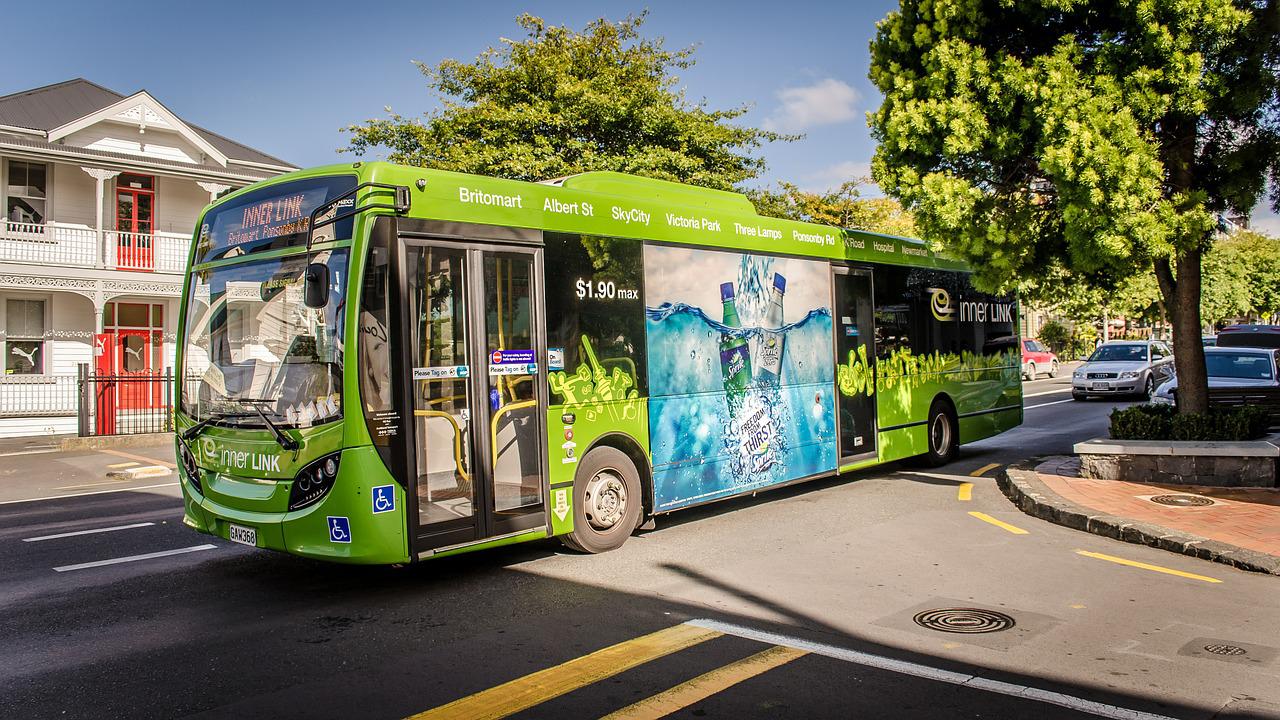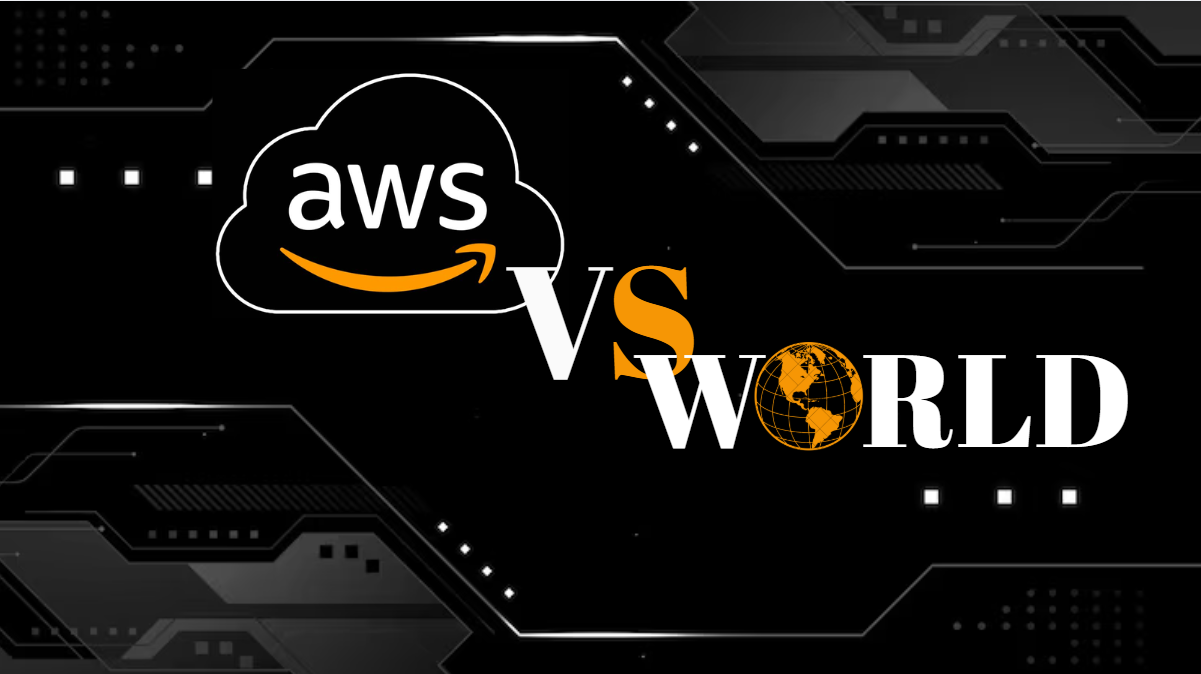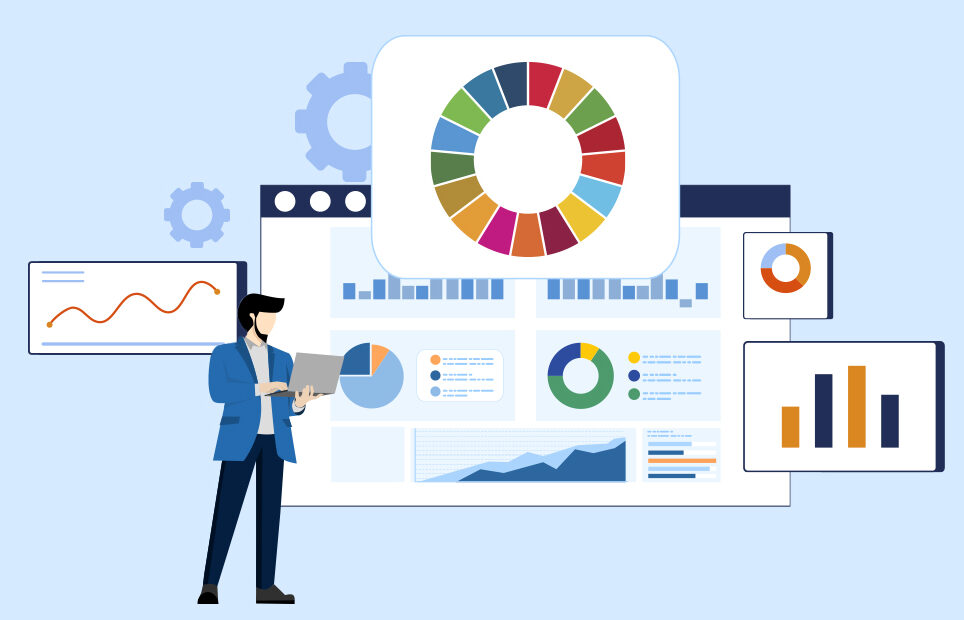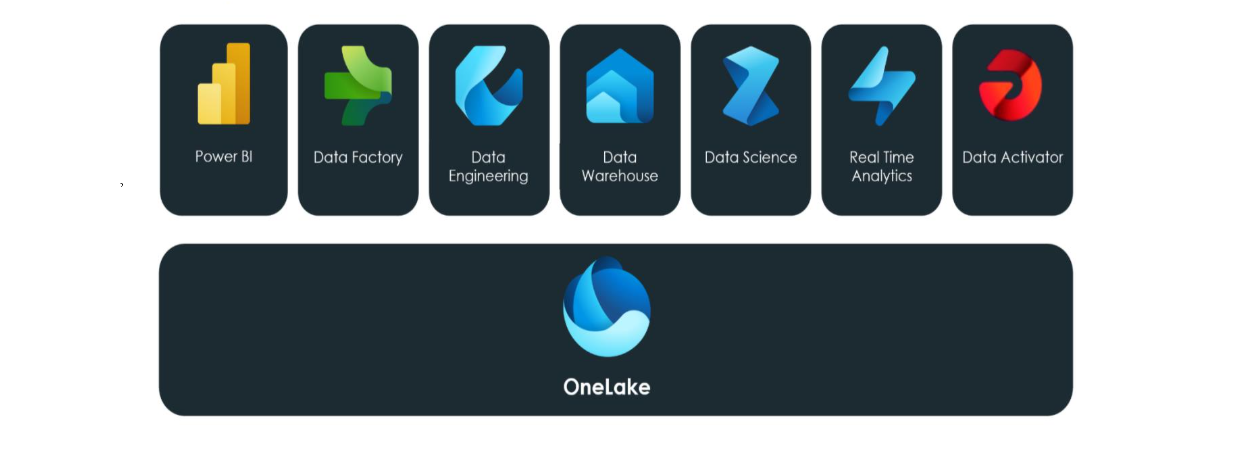Today’s public transportation systems, especially in large cities, face many challenges. Some common challenges of the public transportation systems are a surge in the number of passengers and transportation costs, continuous driver shortage due to an income decrease caused by hours-of-service regulations and limiting the number of miles drivers can drive, and increasing demand for real-time reporting for improving efficiency and service levels. Moreover, the main reasons for many complaints about public transportation in many transportation systems are delays. When a vehicle is delayed, not only its passengers will reach their destination with delay, but also, they may miss their connection bus or train even when small delays occur. Public transportation managers should focus on customers’ convenience by analyzing the roots of these issues and efficient transportation planning to avoid them as much as possible.

Transportation planning is a very complicated problem because planners must take into account multiple competing criteria (e.g., service requirements, asset utilization, cost minimization, workload fairness, etc.), components of the transportation system, and their interconnection. Moreover, transportation planners should consider many factors to create efficient plans, including but not limited to vehicle and driver availability, vehicle size and capacity, traffic details, travel time windows, and passengers’ locations, which are too many for one to handle efficiently in his head. On the other hand, plans often are required to be modified later due to unexpected events, such as vehicle breakdown, drivers’ sickness, and severe weather conditions, which make transportation planning even more complex. However, many transportation planners still create their transportation plans manually without using any tool that is equipped with advanced technologies, which is very hard and time-consuming for even the most experienced planners. Besides, increasing demand for faster planning, increasing pressure to reduce transportation costs through better decision making, and increasing complexity of transportation problems due to a significant increase in the size of transportation networks make manual transportation planning almost impossible.
Public transportation planning mainly includes short-term (operational) planning, medium-term (tactical) planning, and long-term (strategic) planning. Strategic planning consists of decisions that have an impact lasting many years. Decisions about the locations of terminals and stops are an example of strategic planning. Operational planning consists of problems like designing bus routes, determining frequencies, and scheduling vehicles and drivers. The five stages for designing a public transportation system are route network design, frequency setting, timetable design, fleet assignment, and crew assignment, where decisions taken at a given stage influence decisions taken at subsequent stages. The frequency setting problem determines the time interval between subsequent buses on the lines, based on their itinerary and the demand given by an origin-destination matrix. When designing the itinerary of the lines, i.e., the route network, a preliminary setting of frequencies is needed. Also, during the tactical planning it is necessary to adjust the frequencies to demand variations along different seasons of the year or time of day, or as a response to changes in the route network design. The frequencies impact both the passengers (waiting time, the capacity of the lines) and also the operators.

The good news is that most operational, tactical, and strategic decisions for designing a public transportation system can be optimized and automated by Mathematical Optimization, also known as Mathematical Programming. Mathematical Optimization is a powerful prescriptive analytics methodology that enables decision-makers to instantly identify the best decision out of a large number of alternatives (e.g., millions of possible decisions) that leads to the best possible result according to prespecified criteria such as profitability, service level, resource utilization, etc. Mathematical Optimization includes mathematical modeling methods that capture the key features of a complex business problem including business rules, objectives, and decisions as data-driven mathematical models. Optimization models are solved by optimization solvers, which are powerful computational engines that read them and then deliver the best decision, also known as the optimal solution. Mathematical Optimization has many advantages including but not limited to considering interdependencies of complex systems, supporting what-if scenario analysis, avoiding personal bias, and significant flexibility in constantly changing business environments.
In what follows, we will introduce some of the most important use cases of Mathematical Optimization in public transportation systems:
- Transit Frequency: Transit frequency optimization models can determine the optimal time interval between subsequent buses for a set of public transportation lines given by their itineraries, i.e., sequences of stops and street sections, that reaches a pre-specified goal such as minimization of passengers’ overall travel time (walking, on-board and waiting). These models consider origin-destination demand constraints, constraints on the available fleet of buses, and other infrastructure and policy constraints.
- Stop/Terminal Location: Decision-makers can use facility location optimization models to determine the optimal locations of stops or terminals from a given set of candidate locations based on a pre-determined objective such as maximization of the population covered by the facilities.
- Vehicle Routing: Vehicle routing optimization models identify the best routes for vehicles (e.g., buses) that travel over a region to serve the maximum possible demand, minimize the transportation cost, or minimize passengers’ waiting time.
- Delay Management: When a delay occurs, two alternatives are available: 1) A connection bus waits and causes a delay for both customers on the bus and those who wish to get on the bus later on; 2) A connection bus departs on time and delayed passengers should be waiting for the next bus. Bi-objective delay optimization models can simultaneously consider two competing objectives, i.e., minimizing the delay of all vehicles and minimizing passengers’ total waiting time, to find efficient solutions with respect to the trade-off of both objectives.
- Maintenance Scheduling: Maintenance scheduling optimization models determine when and where should roadway or vehicle maintenance be scheduled to minimize the consequences of non-working assets on the efficiency of the public transportation system.
- Driver Scheduling: Resource allocation and scheduling optimization models work seamlessly together to assign available drivers to vehicles and shifts in order to maximize driver’s job satisfaction, resource utilization, and service level by generating fair and efficient driver schedules.
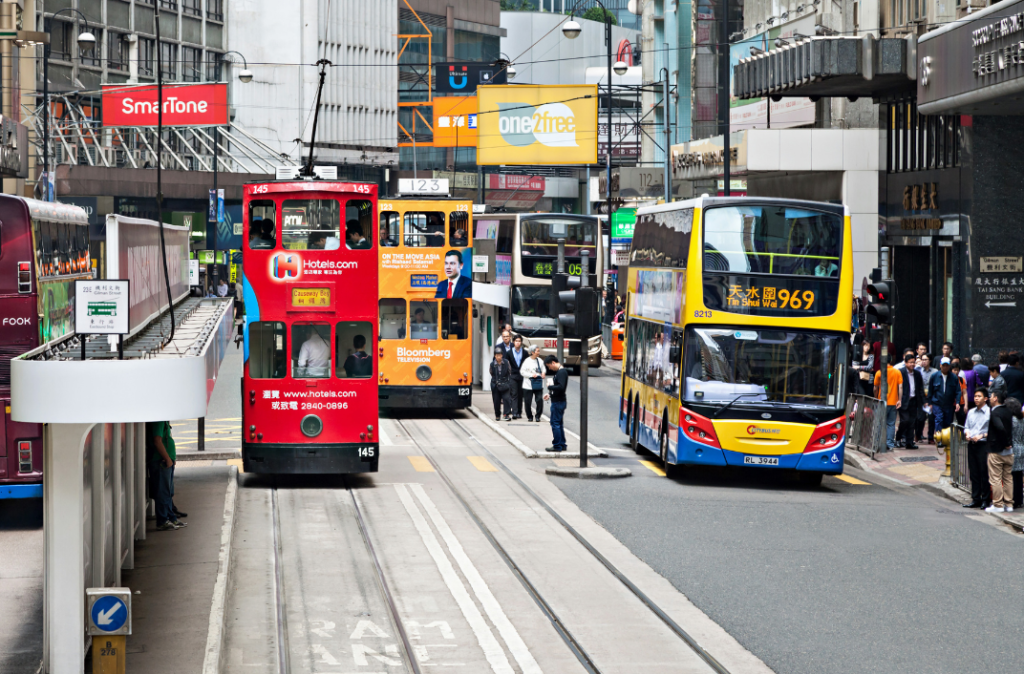
In conclusion, Mathematical Optimization can help public transportation systems, especially in large cities, overcome their existing challenges and unlock next-level business growth. The transportation planning tools that are equipped with advanced optimization models and algorithms can reduce planning time, make the transportation planning process more efficient, improve drivers’ and passengers’ convenience, decrease transportation costs, and increase visibility in the transportation system, to name but a few. Moreover, they enable managers to test various what-if scenarios, including suggested changes, to learn how they would affect the performance of their transportation system.

